The Alfa Romeo Giulia came out in 2016, meaning it will turn seven this year. For most cars, that would be a sad affair, of growing older, with dated looks and tech. But some things are better for being a bit old-fashioned, and the Italian saloon is a perfect example.
It has now received its third update, gaining 3+3 LED matrix headlights that mimic the new Tonale’s, as well as a fully digital gauge cluster and a new alloy wheel design. Meanwhile, the engine range has been rationalised to just the 276bhp 2.0-litre petrol, with the lower-powered petrol and diesels being dropped in the UK. Happily, the 2.7-litre V6 Quadrifoglio will also make a return later this year.
A fair model year update then, but it’s not going to make the world sit up and take notice of the new high-tech, cutting edge Alfa, is it? Well, that’s fine for now. An all-new electric Giulia is in the works, and in the meantime the more other marques move to heavy four-wheel-drive hybrids with touchscreen-only controls and intrusive active safety systems, the more the relatively simple Giulia is a uniquely enticing offering.
Because it’s just as good as it always has been. You sit low, in the perfect driving position yet with a good view out. Look around and, yes, you can criticise the materials, but everything feels solid enough and there’s not a touch-sensitive icon in sight. Instead, a button to turn off the lane keeping assistance, a rotary dial for the infotainment screen and knobs and switches for the climate. The new digital gauge cluster even has a mode where it looks like the dials from a ’60s Alfa. Who knew the Italians did zen?

Get going and there’s an effortlessness to everything. The engine actually feels its 276bhp, because it doesn’t have two tonnes to lug around. The steering is very quick but doesn’t feel hyperactive, because you’re not in a teetering SUV and the chassis is in perfect sync. Oh, the chassis: it’s such a joy.
Drive the Giulia at 60% and it feels good: planted, balanced and able to positively drive out of a corner. Go a bit harder and it’s magical, feeling on its tiptoes, gently starting to yaw into a turn and up for anything.
It’s at this point that you might want to add a bit of throttle and tweak the car’s balance, but the old frustration with the Giulia remains: the traction control stays firmly on whichever driving mode you pick. It’s a very good, smooth system, just overly cautious. That the Tonale, a front-led crossover, does let you turn it off feels like a bit of a taunt.

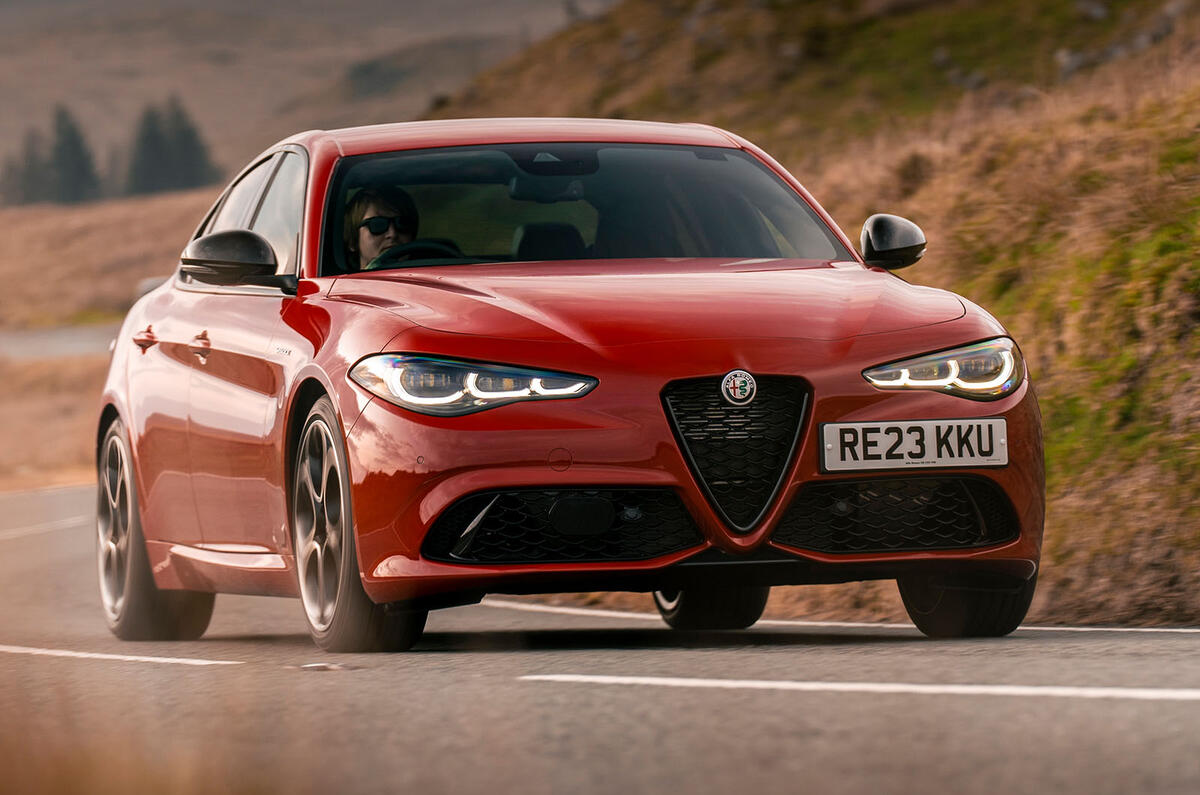

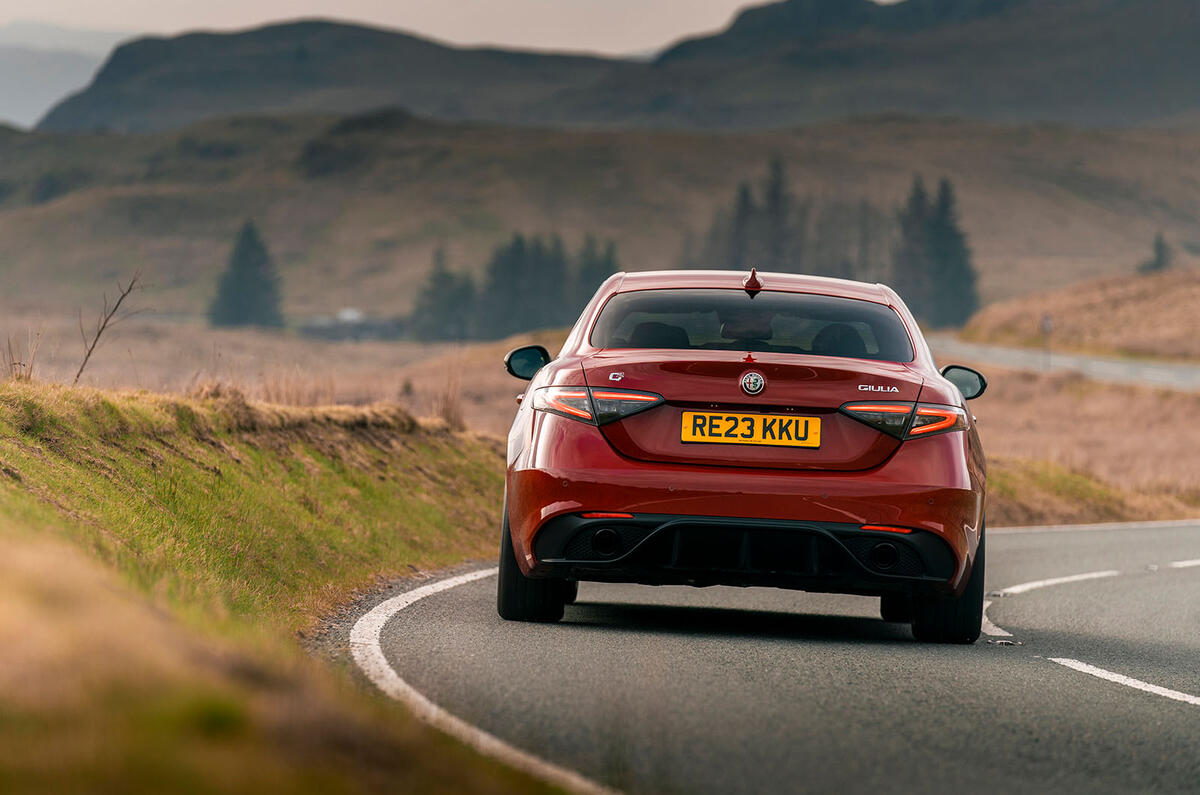
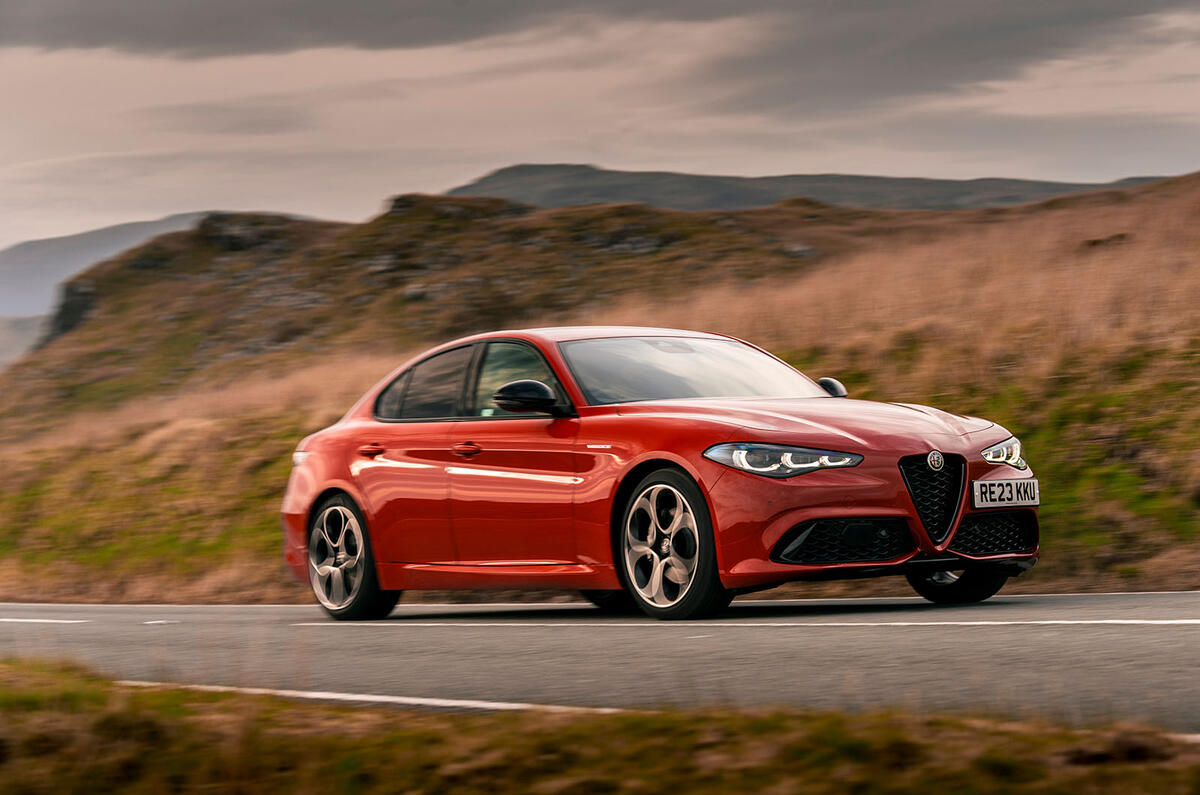
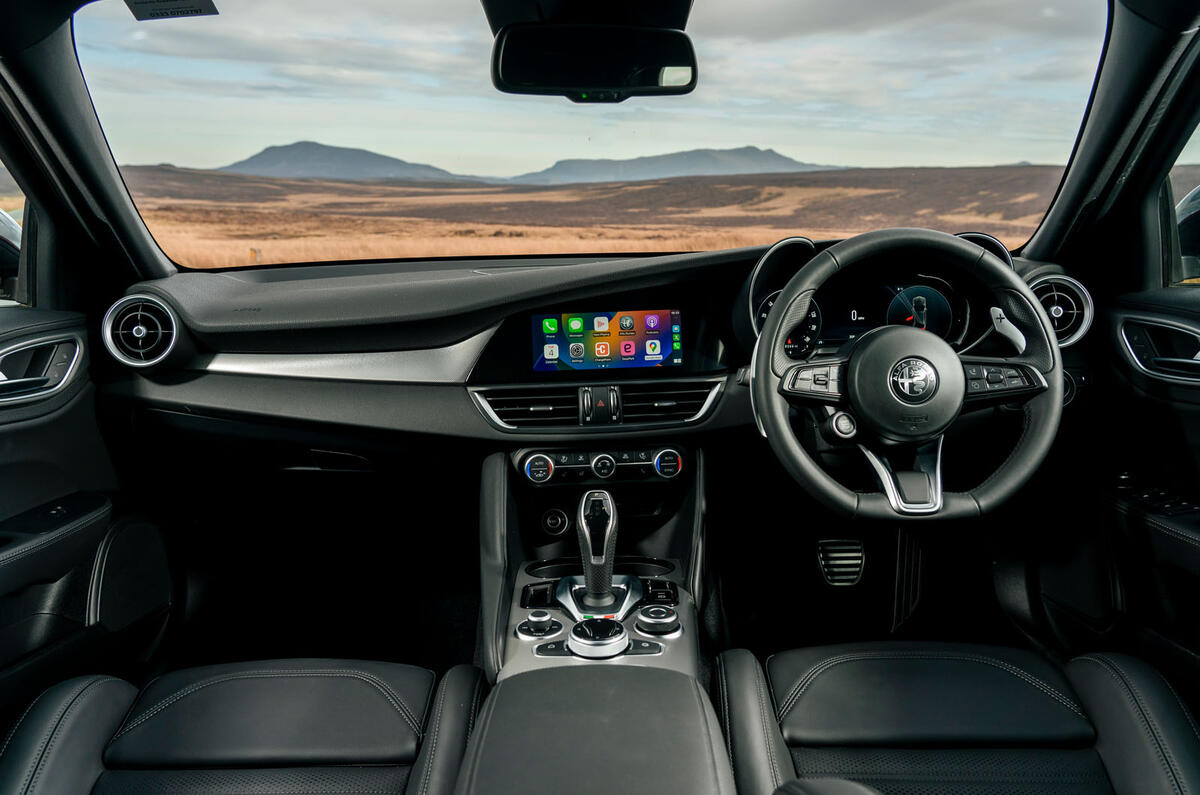
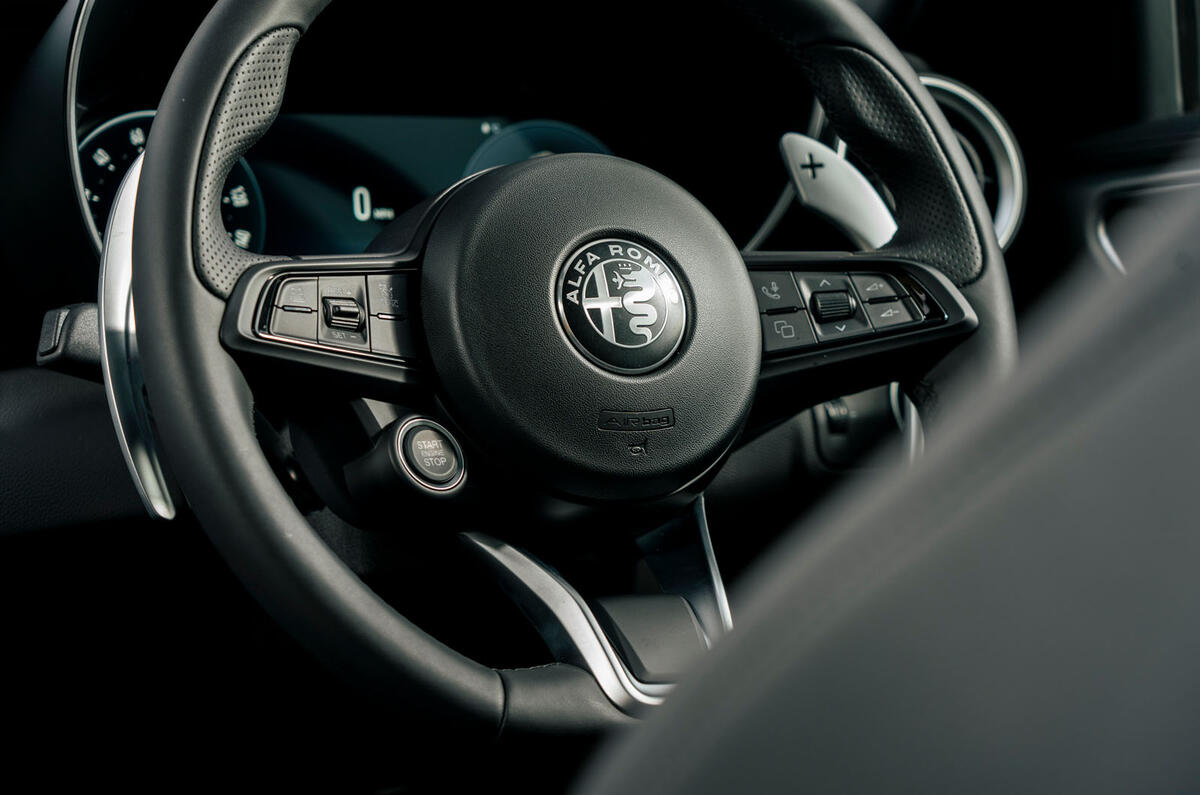
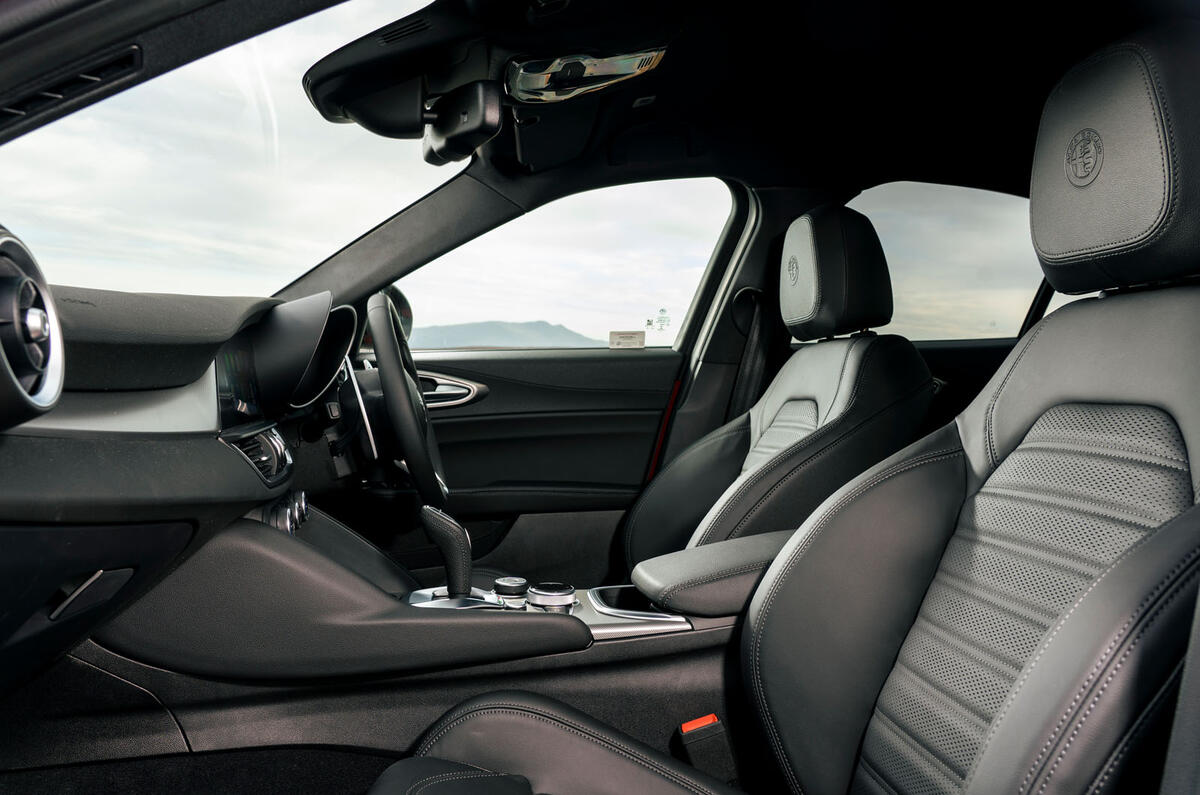
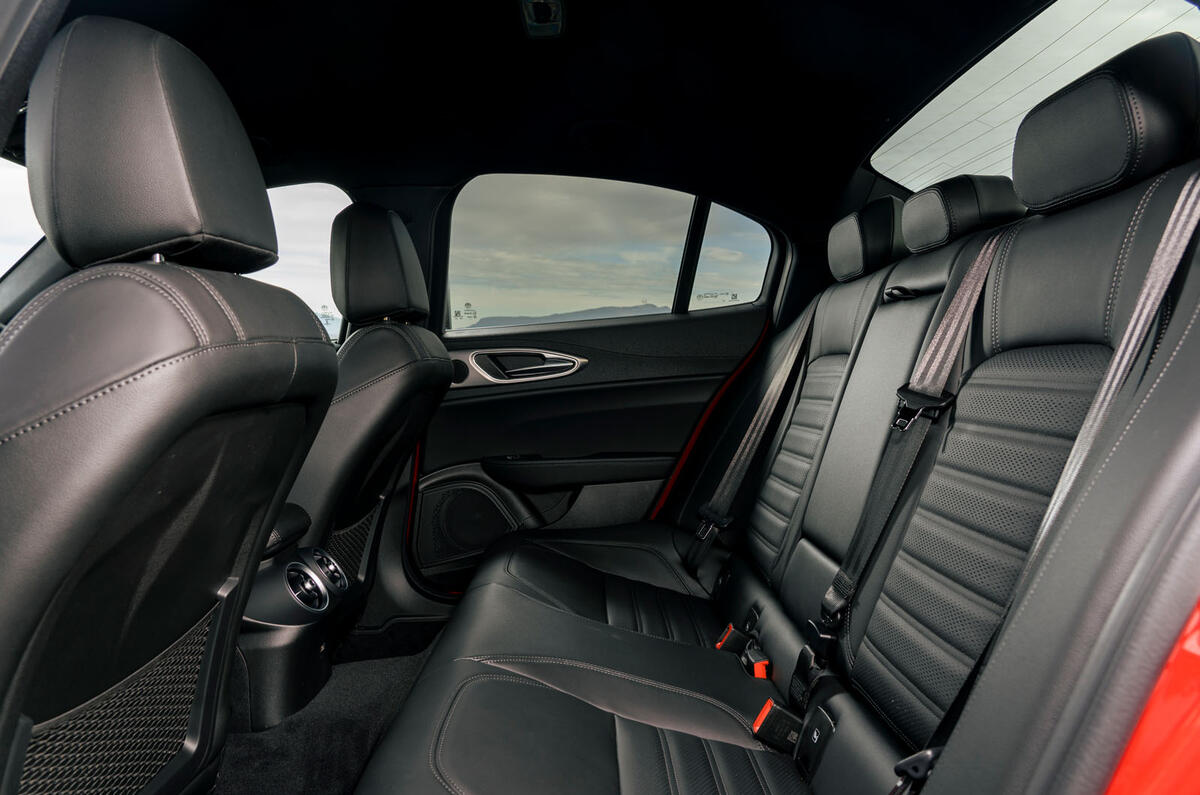
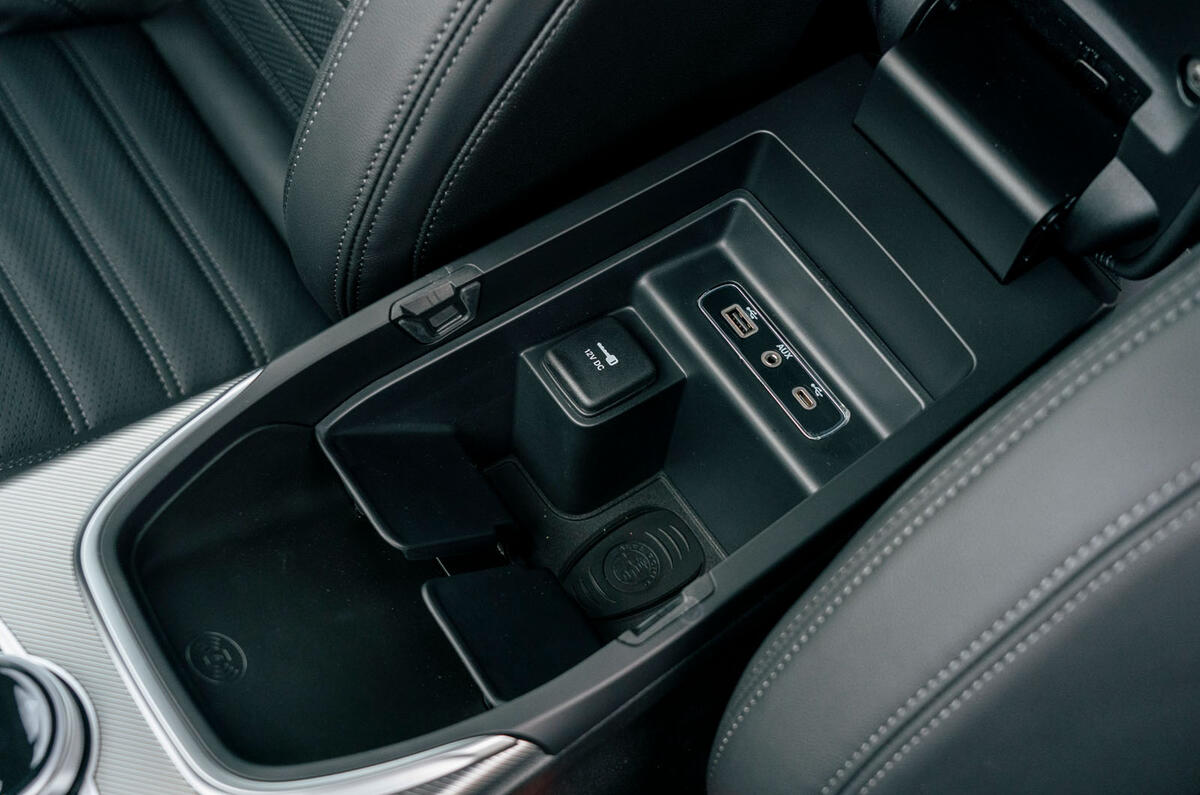
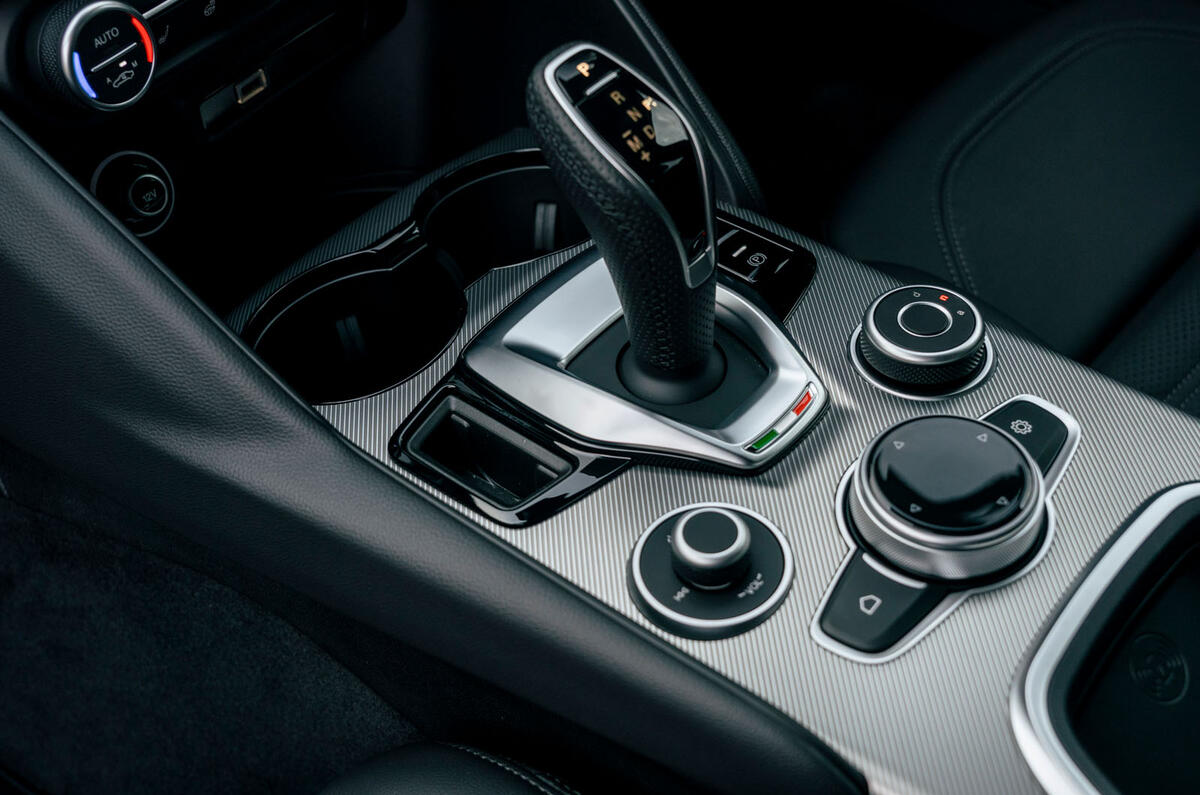
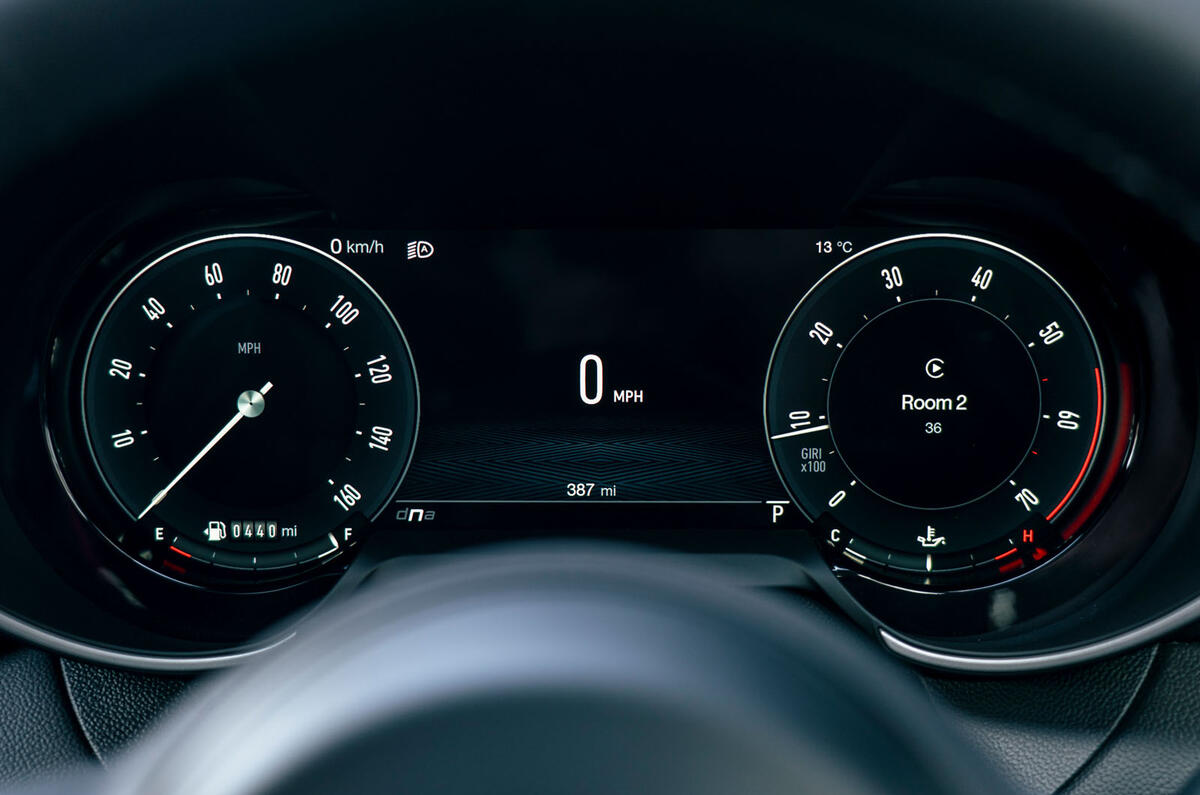
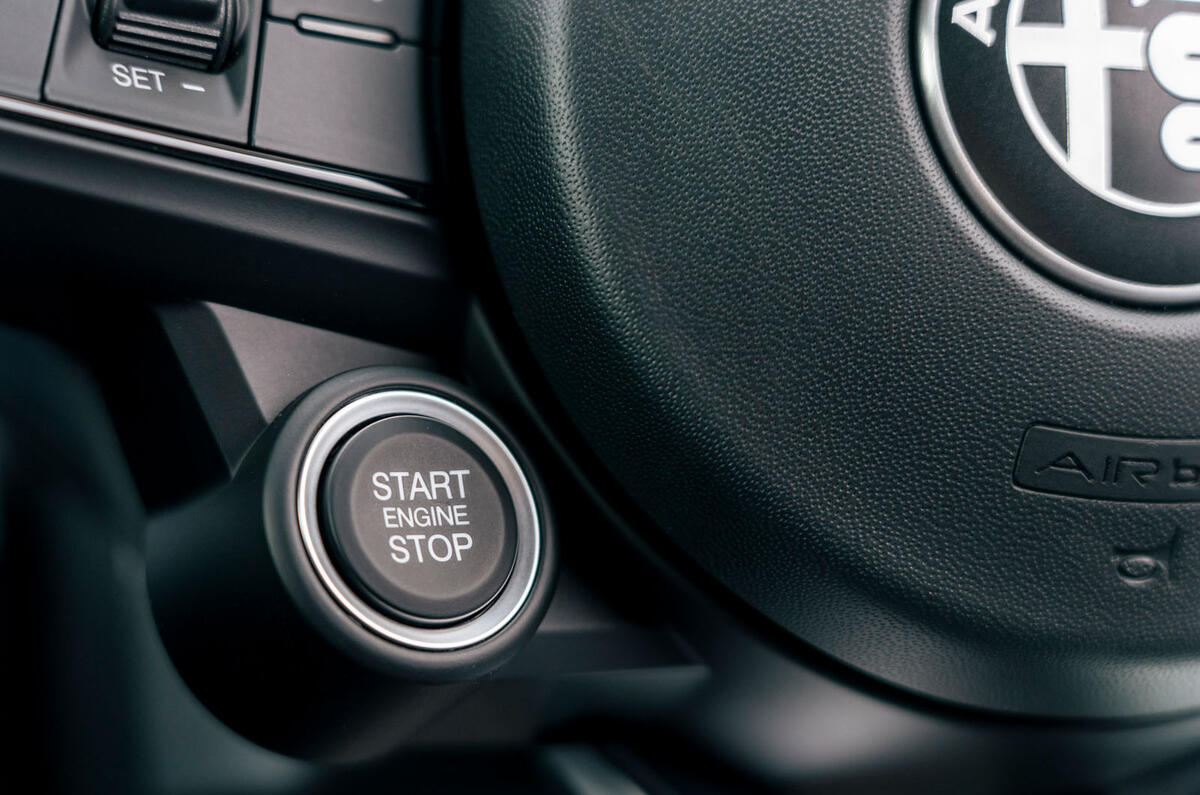
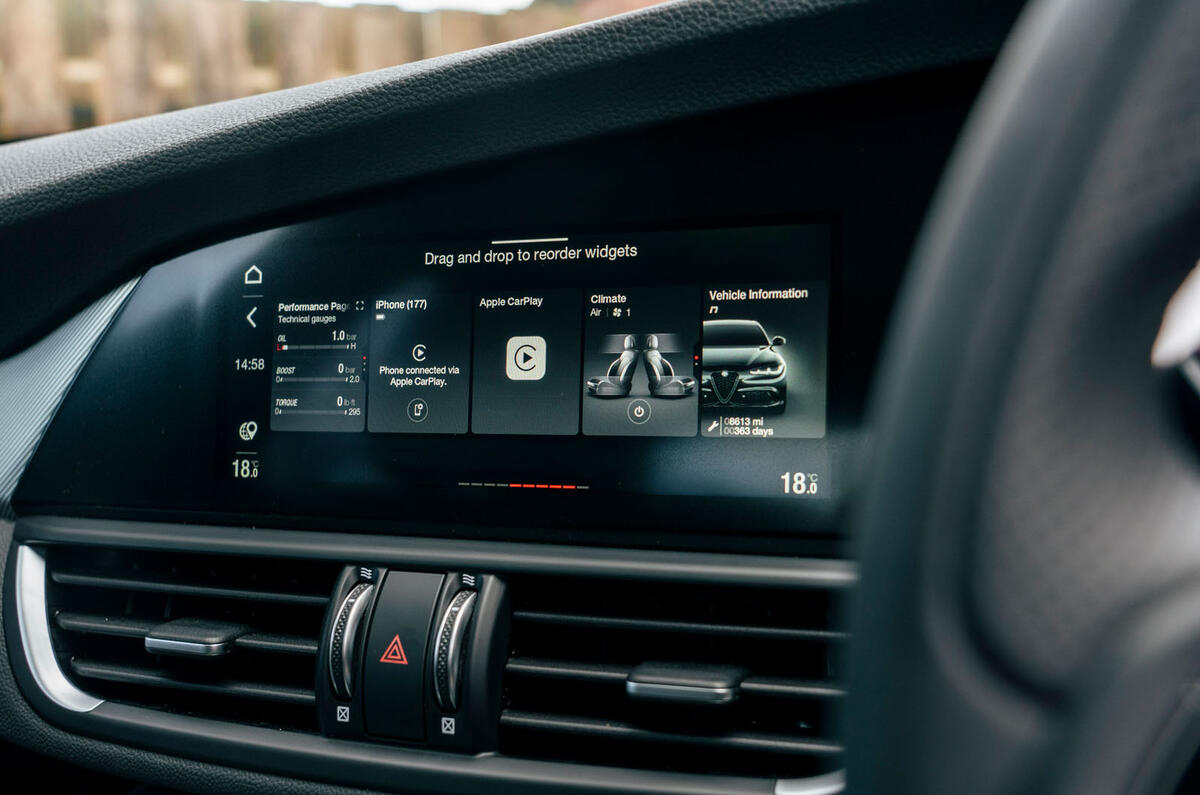
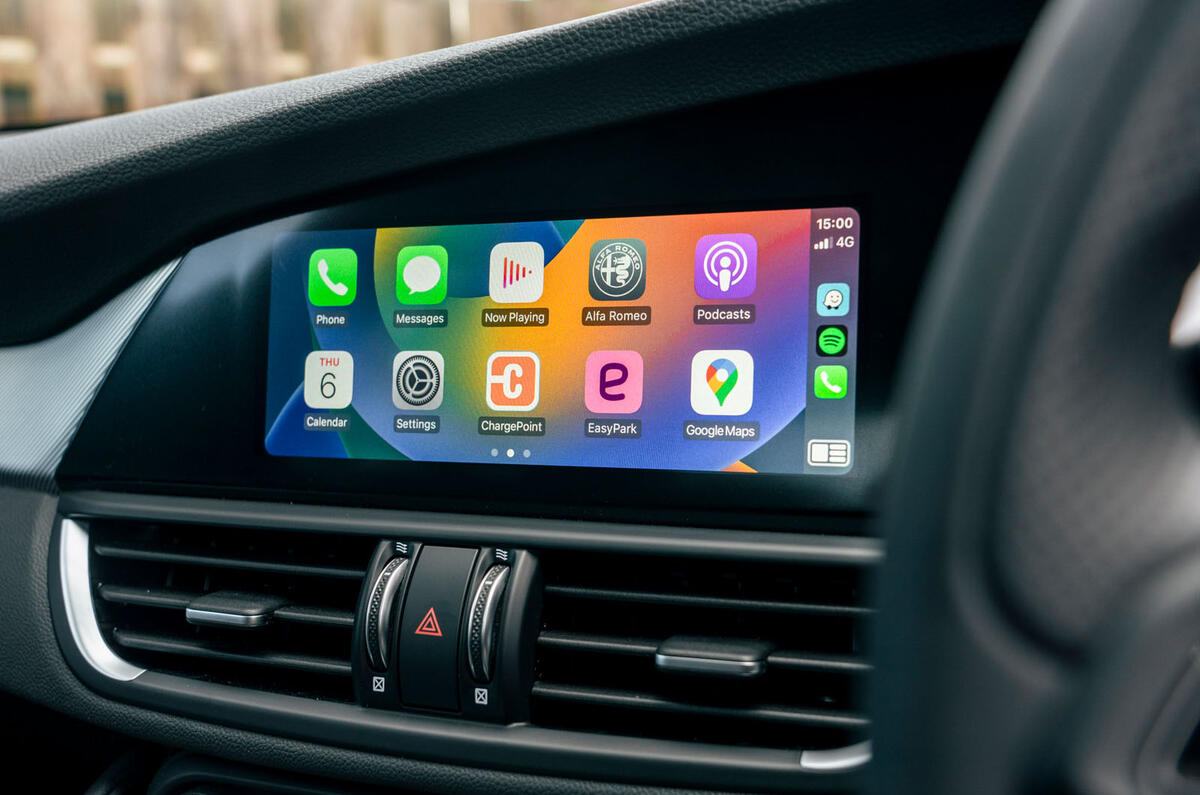


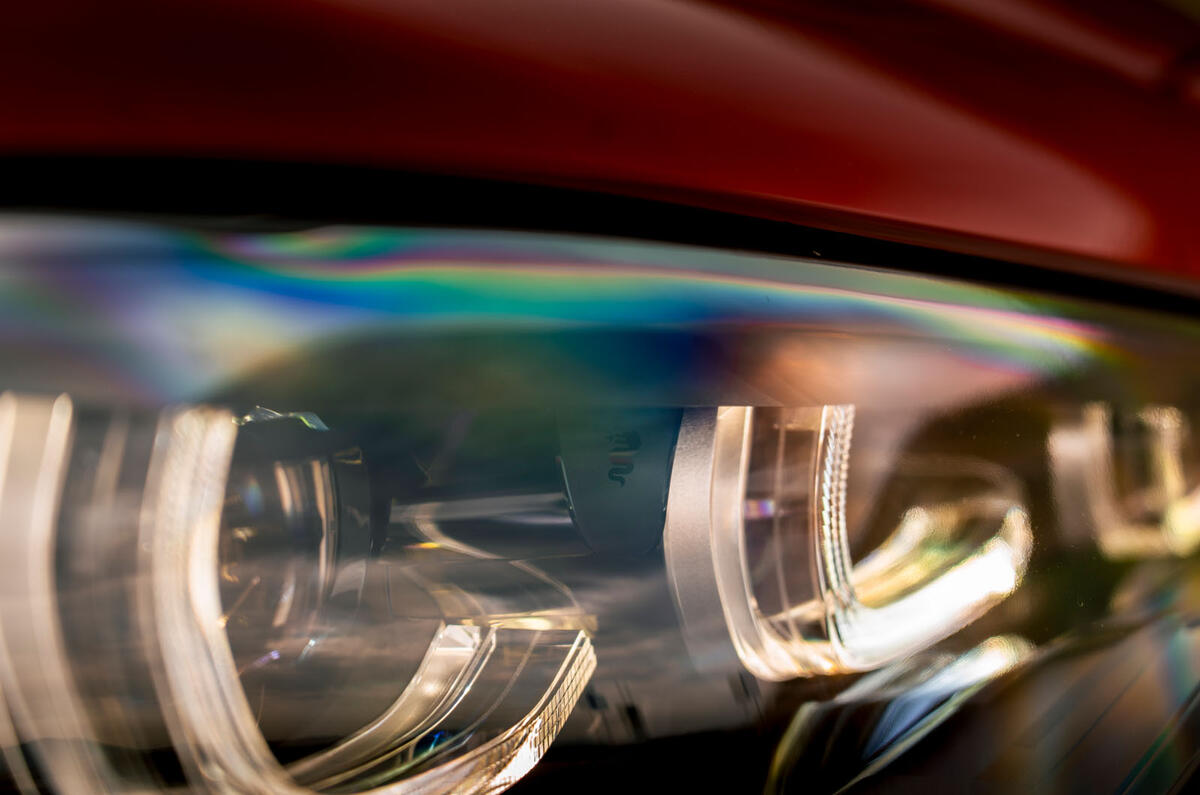
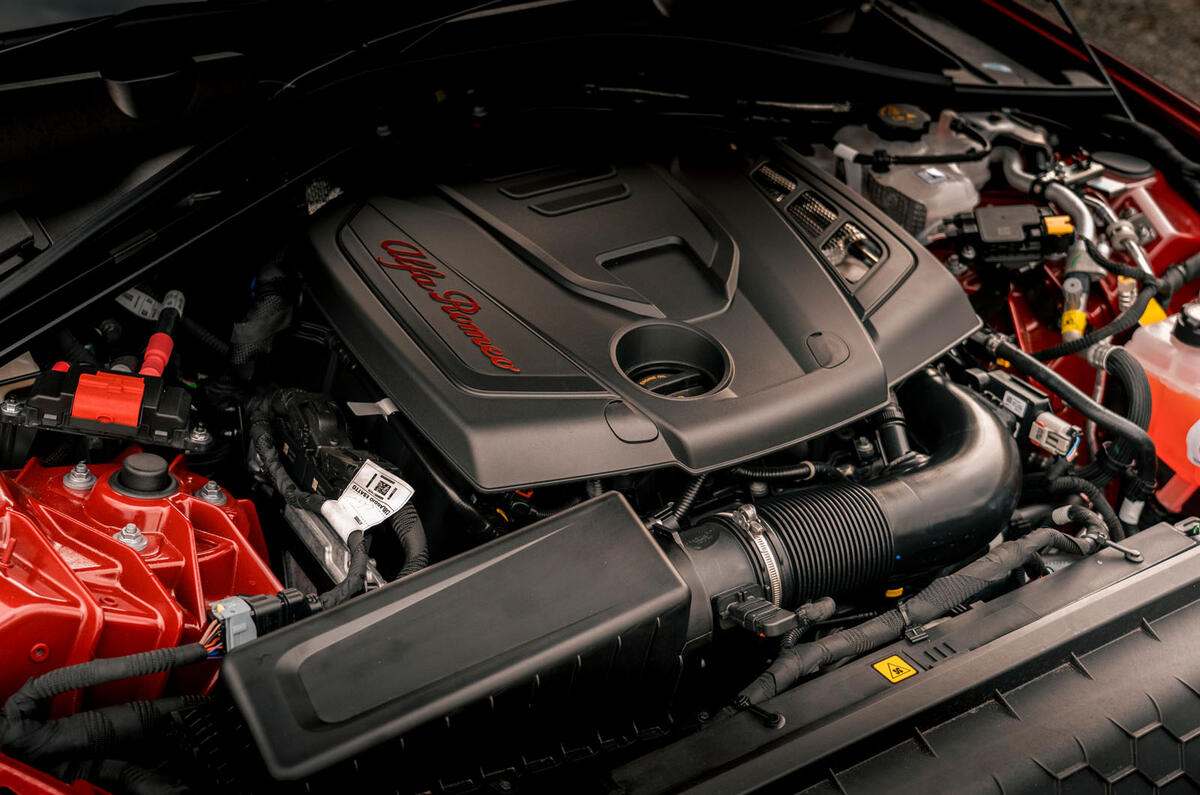
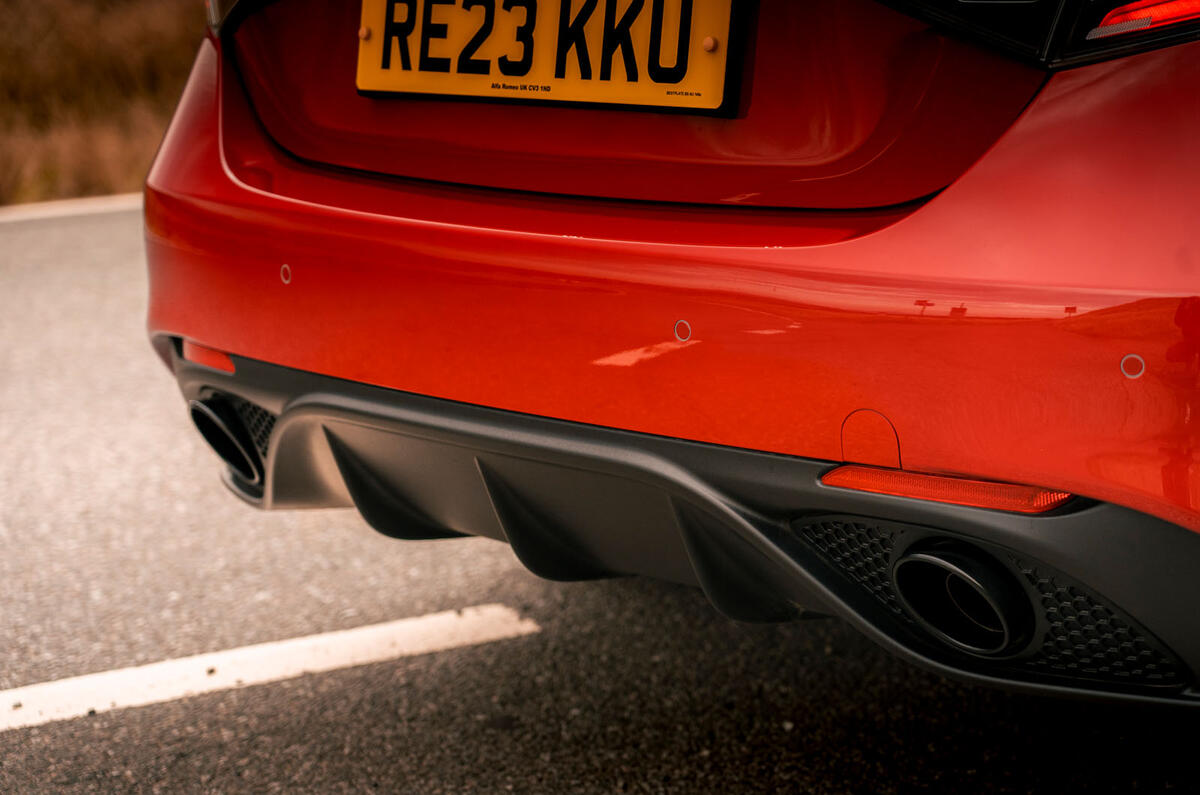
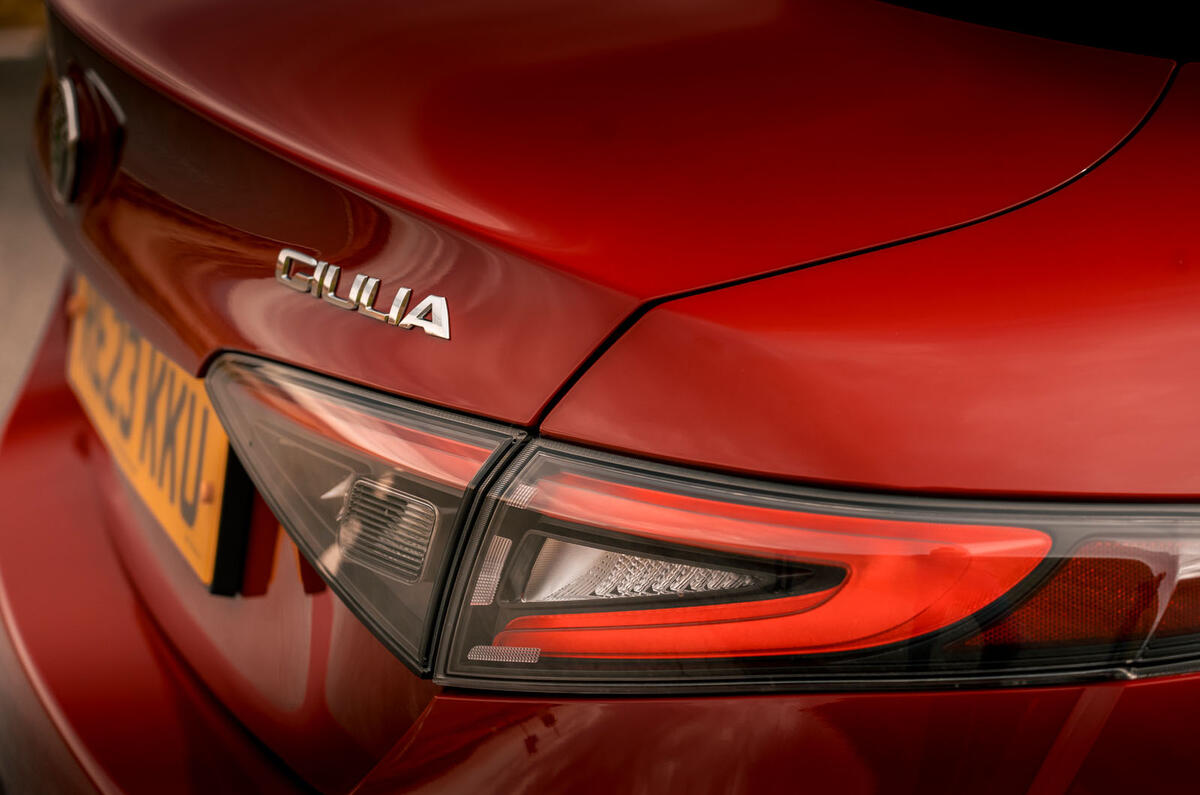
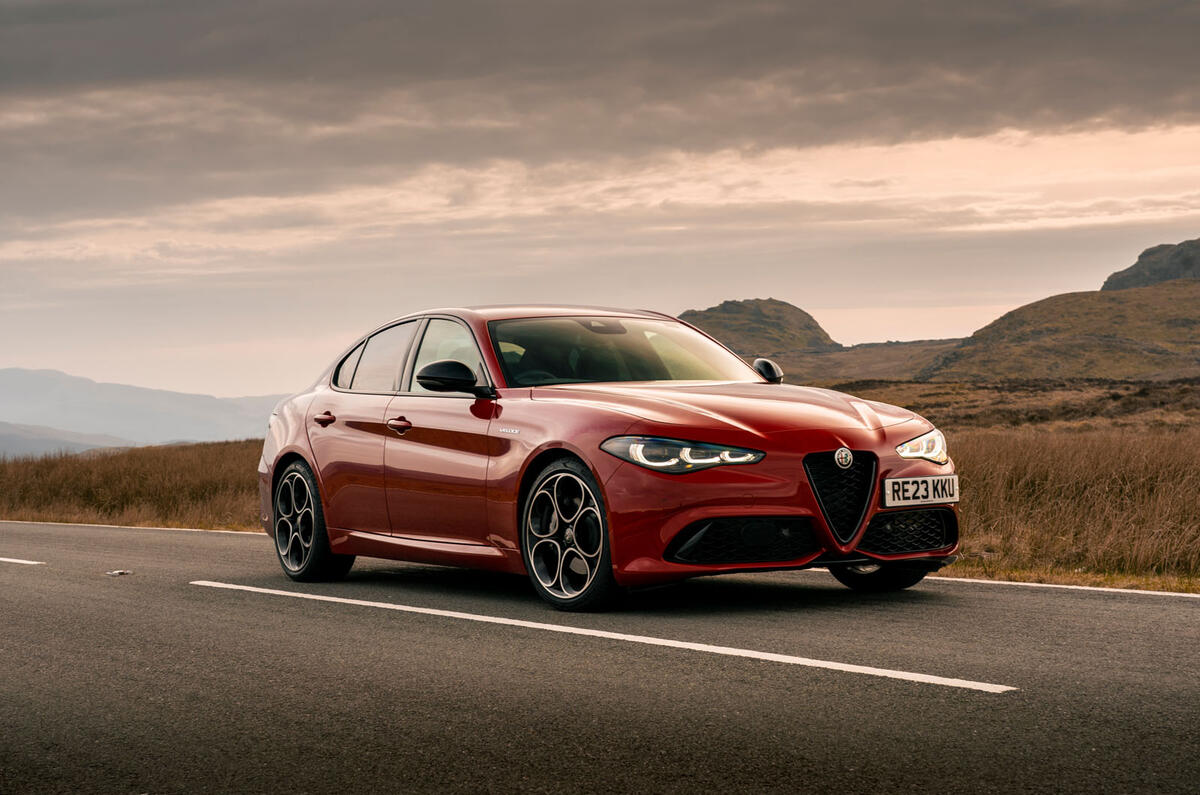
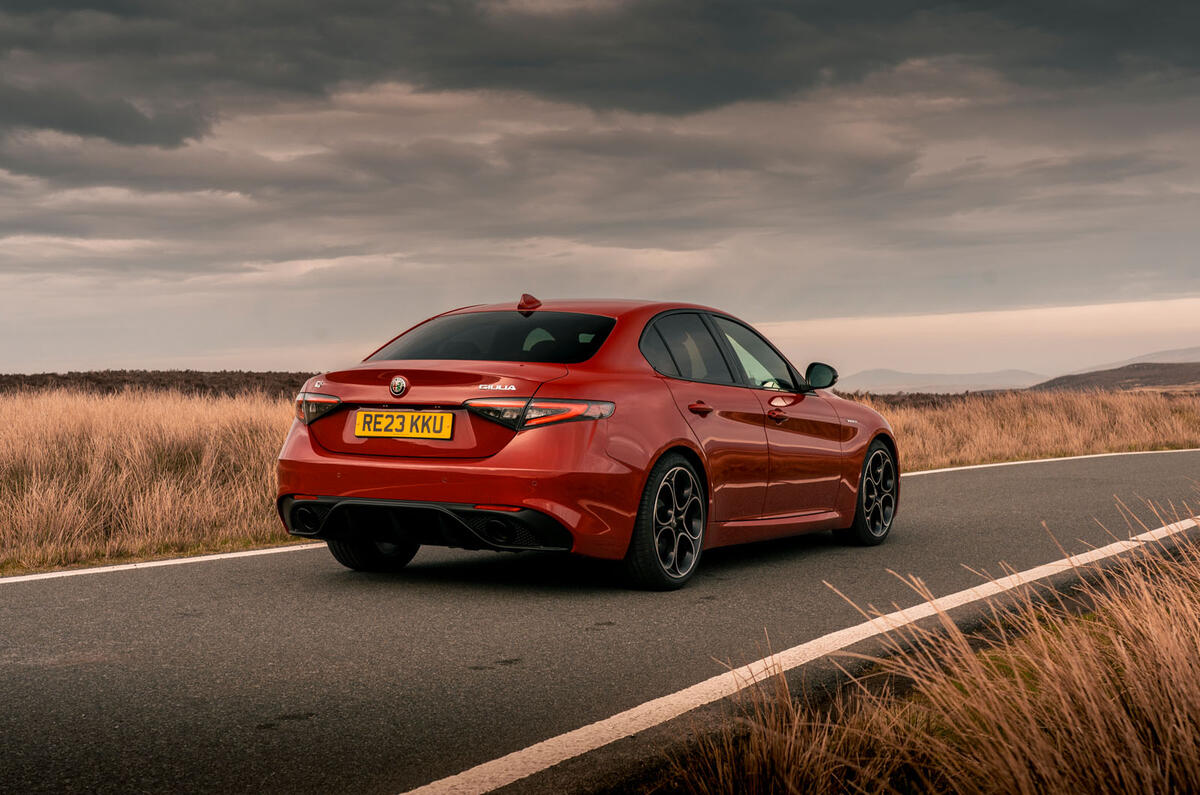
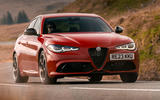




























Join the debate
Add your comment
We have a 2018 Ti Sport (basically the US version of the 280hp Veloce) and a 2020 Ti (280 hp without the Sport). They're superb. Both have been extremely reliable. I've had BMWs and Benzes among other things, and the Alfas are so much more engaging. They're also, in my opinion, simply much more fun to drive. I will disagree with the author about the suspensions. Our 2018 has the adaptive suspension and the 2020 has the passive. I'm geneally a fan of well-judged passive setups, and the Giulia's is excellent. But the adaptive suspension rides significantly better in Natural, and is extremely tightly controlled in Dynamic. It's superb.
Have they fixed the security, or can they still be unlocked and started in 5 seconds with a coded tap to the front radar sensor?
And for what it's worth my now 3+ years private purchase Jan 20 MY20 Stelvio has been absolutely flawless in terms of reliability whilst all around me those I know in premium German brands can't say same. Just before the usual AR reliability yawns start scribbling.
Should have filled in the WhatCar 2022 reliability survey then, might have prevented it coming second from bottom in 2022 executive car category.
Very trustfully list where 3mmer separated to diesels and petrols while all the Giulias remain as one.In a 2018 article Alfas finished at the very top. You can find many survey with very different results. Does it matter the continent, the culture, etc. These surveys makes no sense.
The 3 was separated because there were enough replies to warrant 2 entries, Alfa was lumped together because so few diesels were sold. Realiability surveys cannot be ignored when others bring the subject up.
Surveys are generally used by those who have something to shout about, not by those who have nothing to say.